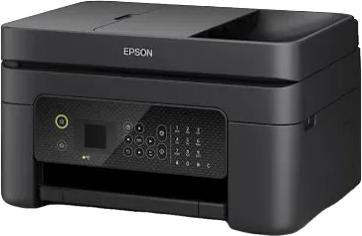Historical fiction is my favourite genre interspersed with family sagas. Here are some of the titles I read in January.
Five of the best
1. The Lion Women of Tehran by Marjan Kamali
In 1950s Tehran, seven-year-old Ellie lives in grand comfort until the untimely death of her father, forcing Ellie and her mother to move to a tiny home downtown. Lonely and bearing the brunt of her mother's endless grievances, Ellie dreams of a friend to alleviate her isolation. Luckily, on the first day of school, she meets Homa, a kind, passionate girl with a brave and irrepressible spirit. Follow them through their lives as they face revolutions, relationships and personal challenges.
Women's issues, revolutions, social class
2. An Undeniable Voice by Tania Blanchard
1907, London. As the winds of change sweep across the world, Hannah Rainforth and her friends take to the streets to fight for the vote for women. Now is not the time for quiet argument - the country will only listen when it's forced to, and the women join the suffragette movement, putting their bodies, reputations and personal safety on the line to achieve lasting change for women. Dark clouds of war and sinister forces are gathering on the horizon and Hannah is desperate to protect those she loves the most. Faced with the loss of her home, her livelihood and even her family, Hannah risks everything to ensure their survival - and to achieve the vote for women, which is now a matter of national urgency. As the country is plunged into war and deadly bombs are devastating the city and the north, Hannah and women across the nation join the home war effort to galvanise the nation.
Based of the life of the author's husband's great grandmother.
Historical fiction, Women's suffrage, WWI
3. The Glass Maker by Tracy Chevalier
Venice, 1486. Across the lagoon lies Murano. Time flows differently here – like the glass the island’s maestros spend their lives learning to handle. Women are not meant to work with glass, but Orsola Rosso flouts convention to save her family from ruin. She works in secret, knowing her creations must be perfect to be accepted by men. But perfection may take a lifetime. Skipping like a stone through the centuries, we follow Orsola as she hones her craft through war and plague, tragedy and triumph, love and loss. The beads she creates will adorn the necks of empresses and courtesans from Paris to Vienna – but will she ever earn the respect of those closest to her?
Historical fiction, time slips
4. All the Golden Light by Siobhan O'Brien
1918, Belowla, south coast New South Wales. As the Great War grinds to an end, Adelaide Roberts accompanies her father to a rugged island off the south coast of New South Wales to deliver much-needed supplies. While loss and deprivation have decimated the country, Ada is determined to live a life of purpose and hope, and dreams of living independently. On the windswept rocky outcrop, she meets lighthouse keeper Emmett Huxley, a dark-eyed outsider haunted by his service in France, taking refuge from the damage of the war.
Historical fiction, lighthouses, drug addiction, WWI
5. Down the Track by Stella Quinn
If you like some romance, a dinosaur dig in outback Queensland with a reluctant 12 year old in the mix, here's a light read to enjoy. Throw in a helicopter pilot and reluctant shearer who is now writing and the attraction grows.
Paeleontology, Queensland, drug smuggling, family tragedy, authorship, romance





